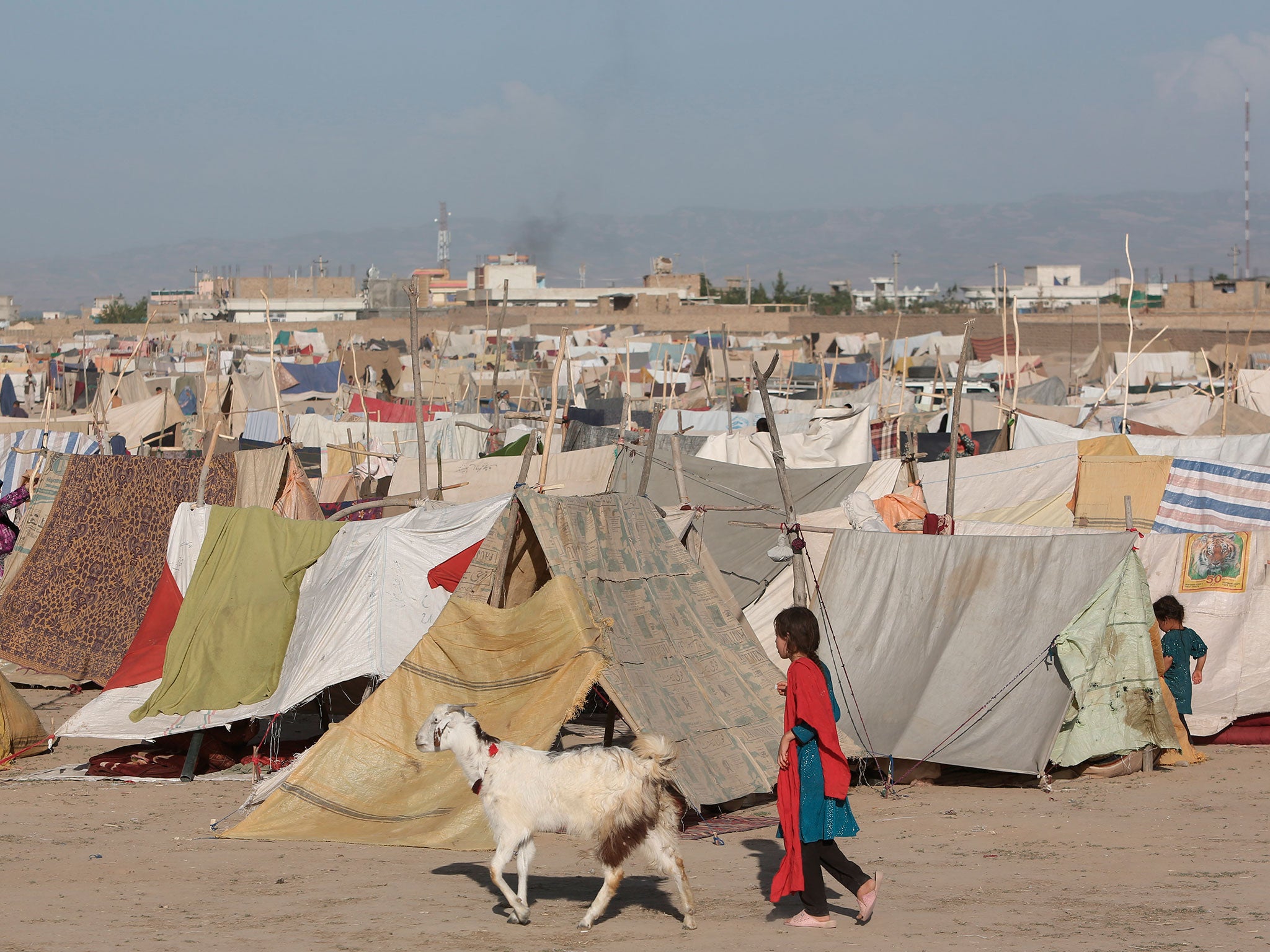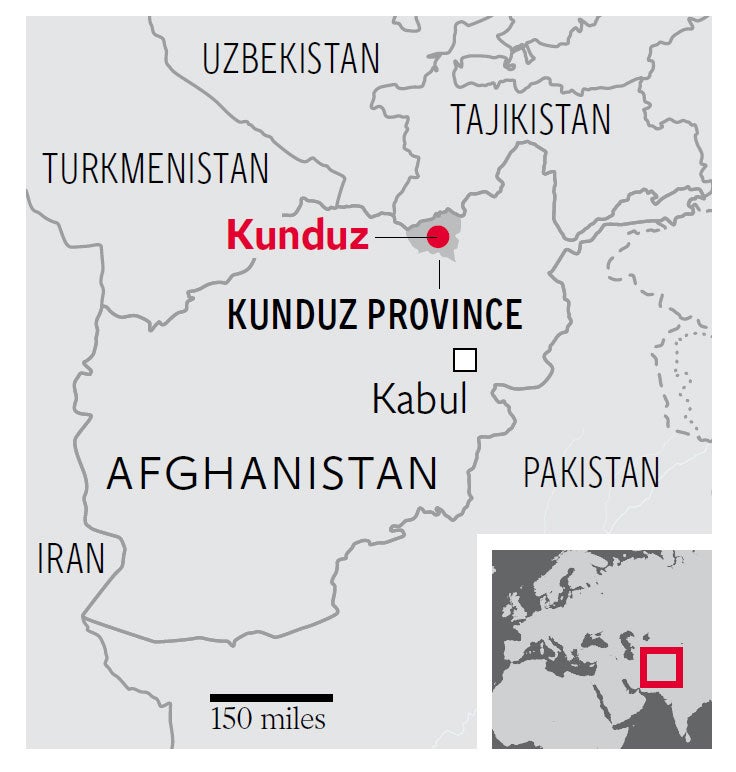Taliban in Afghanistan: Civilians - and wheat harvest - are caught in the crossfire on the new northern front line with extremists
With non-combatants living across the battle zone and a whole wheat harvest at risk of being burned up by artillery fire, progress in the fightback against Afghanistan’s extremists has been slow

Your support helps us to tell the story
From reproductive rights to climate change to Big Tech, The Independent is on the ground when the story is developing. Whether it's investigating the financials of Elon Musk's pro-Trump PAC or producing our latest documentary, 'The A Word', which shines a light on the American women fighting for reproductive rights, we know how important it is to parse out the facts from the messaging.
At such a critical moment in US history, we need reporters on the ground. Your donation allows us to keep sending journalists to speak to both sides of the story.
The Independent is trusted by Americans across the entire political spectrum. And unlike many other quality news outlets, we choose not to lock Americans out of our reporting and analysis with paywalls. We believe quality journalism should be available to everyone, paid for by those who can afford it.
Your support makes all the difference.When the Taliban descended on Dam Shakh, a hamlet on the wheat-growing plains of northern Afghanistan’s Kunduz province, nobody was prepared.
“They took us completely by surprise,” says Ghulam Sakhi, remembering the night of 24 April, when hundreds of Taliban militants launched their attack. “It was horrific. People just started running away as fast as they could and for those who stayed, we were on our own for 10 days. The government just couldn’t cope.”
Military and intelligence authorities were equally surprised. Armed gunmen took over homes and used residents as human shields. Army reinforcements didn’t arrive for days and then lacked supplies because of poor logistics. As government forces rallied their defences, fighting raged for more than two weeks as the militants came within less than two miles of the provincial capital, Kunduz city.
For now, Kunduz appears secure. A combined force of government troops and hastily recruited militiamen has managed to push back the insurgents to Gor Tepa, some 12 miles from Kunduz city, and liberated occupied villages and hamlets including Talawka and Dam Shakh. But Afghan officials concede it will be slow, bloody work to dislodge the insurgents much further. In the meantime, the region’s civilian population will bear the brunt of living on Afghanistan’s new northern front line. Already, more than 100,000 people have been forced from their homes, many renting houses or staying with others and receiving assistance from UN agencies and other charities.
Seventeen-year-old Nasrullah was walking home from school when he was caught in crossfire in the Iman Sahib district north of the city – scene of some of the worst fighting. “I heard the gunfire, but it slowed down and I thought it was OK to keep walking along the road,” said Nasrullah, who like many Afghans goes by only one name. He took three bullets in his left leg – now pinned and hoisted – and one in his right leg. The presence of civilians across the battle zone is one of the main factors hindering the tactics and progress of government forces. Officials say that army operations are hampered not only by poor equipment and lack of air support, but by the presence of the militants in people’s homes, and fears that fighting in rural districts could set fire to the wheat crop now ready for harvest. Provincial police chief General Abdul Sabor Nasrati conceded that “progress is slow”.
“To avoid civilian casualties we can’t use heavy artillery and we don’t have air support,” he said. “It makes our men on the ground extra careful and slows the operation.”
A total of 204 war-wounded were admitted to Kunduz’s only trauma hospital, run by the French NGO Médecins Sans Frontières, between 24 April, when the Taliban’s annual warm-weather offensive began, and 11 May, said project co-ordinator Laurent Gabriel. In a hospital bed, 18-year-old policeman Abdullah Raouf recovers from a mortar attack in Gor Tepa. Still dazed from surgery, he was unable to talk as two male relatives said both legs and his right shoulder were wounded.

Residents of villages like Talawka, with 4,000 households and just a few miles from the front line at Gor Tepa, are not taking their shaky moment of respite for granted. Local militia groups were drafted for the frontline fight, some of them armed and paid by the provincial authorities.
Now they patrol the mud-brick walls of deserted compounds and through the shimmering wheat fields – their automatic rifles, grenade launchers and machine guns slung over baggy cotton shalwar khameez.
Mohammad Aslam welcomes the militiamen into his compound in al-Chin, which he shared with the families of his five brothers until they found themselves on the front line of the newest war. Half the family compound was destroyed and most of the 40 residents fled. He remains with a couple of his young sons to tend cows, donkeys, chickens and ducks. “We fought here for a week alone, we were surrounded, we fought until we ran out of ammunition,” he said.
AP
Join our commenting forum
Join thought-provoking conversations, follow other Independent readers and see their replies
Comments